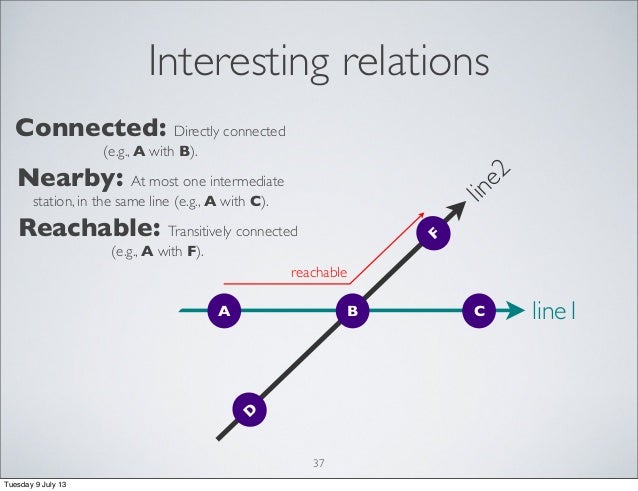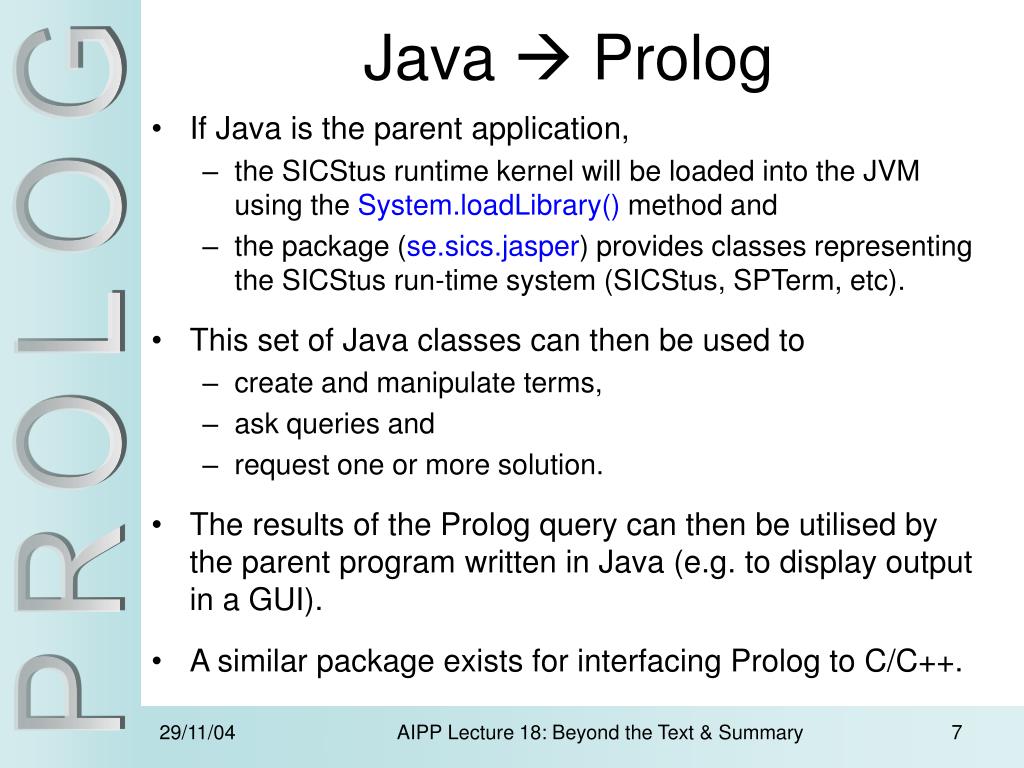

40 2.2 2.1.1 Write your first CIC++ program 40 2.1.2 Basic input and output functions 41 2.1.3 Formatted input and output functions 42 Control structures in CIC++. 31 Chapter 2 The Imperative Programming Languages, C/C++. 29 1.7 Homework and programming exercises. 23 23 1.5.1 Program development process 1.5.2 Program testing 24 1.5.3 Correctness proof 27 1.6 Summary. 16 1.4.1 Interpretation and compilation 16 1.4.2 Preprocessing: macro and inlining 18 * 1.5 Program development.

12 1.3.1 Data types and type equivalence 13 1.3.2 Type checking and type conversion 13 1.3.3 Orthogonality 14 Program processing and preprocessing. 8 8 1.2.1 Lexical structure 9 1.2.2 Syntactic structure 1.2.3 Contextual structure 9 1.2.4 1.2.5 Semantic structure BNF notation 9 1.2.6 Syntax graph 9 11 Data types and type checking. 2 1.1.1 Programming concepts and paradigms 2 1.2 1.3 1.4 1.1.2 Program performance and features of programming languages 3 1.1.3 Development of programming languages 4 Structures of programming languages. x1 Chapter 1 Basic Principles of Programming Languages. Published in the United States of America Table of Contents Preface. No part of this publication may be reproduced, stored in a retrieval system, or transmitted, in any form or by any means, electronic, mechanical, photocopying, recording, or otherwise, without the prior written permission of the copyright owner.

Kendall Hunt publis�ing company Send all inquiries to: 4050 West mark Drive Dubuque, IA 52004-1840 Copyright© 2003, 2006, 2012, 2015 by Yinong Chen and Wei-Tek Tsai 2017 by Kendall Hunt Publishing Company ISBN 978-1-5249-1699-2 All rights reserved. Introduction to Programming Languages Programming in C, C++, Scheme, Prolog, C#, and SOA Fifth Edition Yinong Chen Arizona State University Kendall Hunt publishing company Cover image courtesy of© Shutter stock, Inc.


 0 kommentar(er)
0 kommentar(er)
